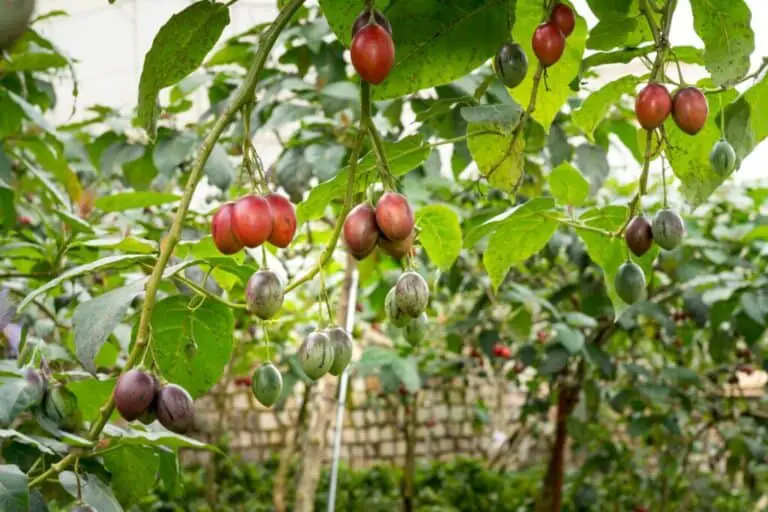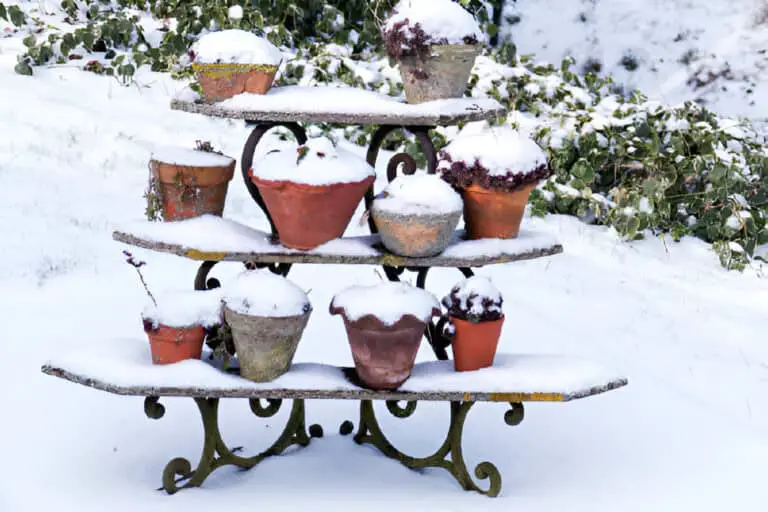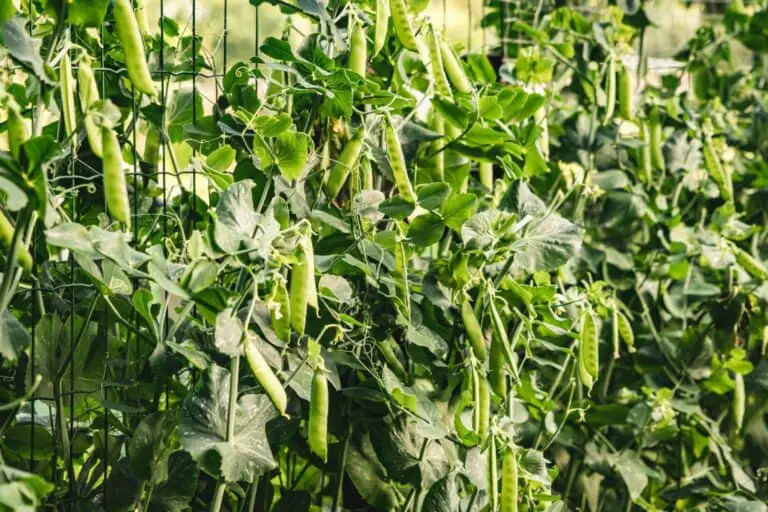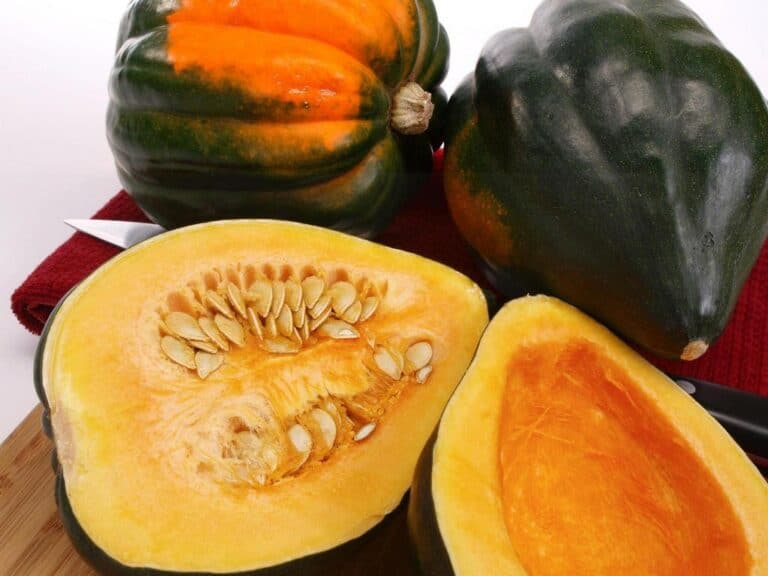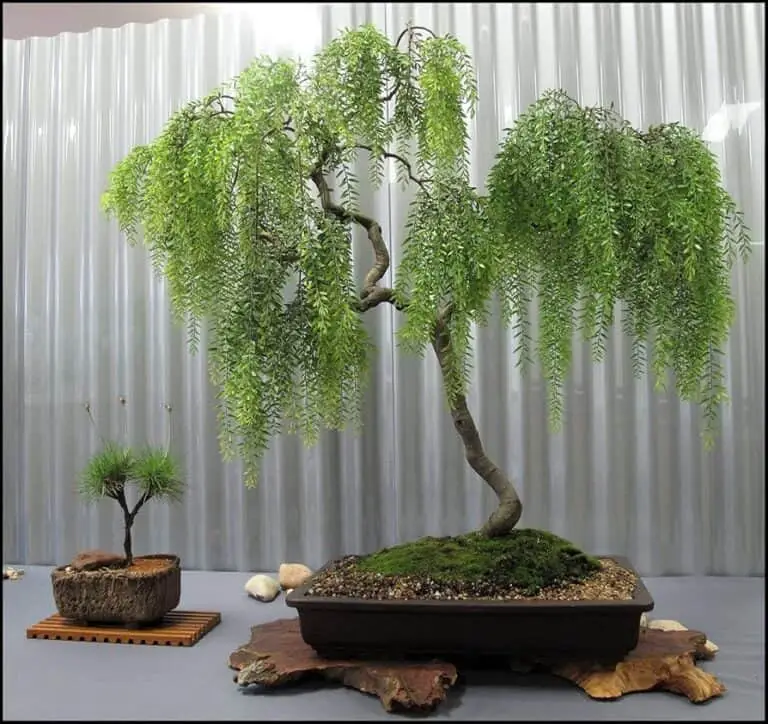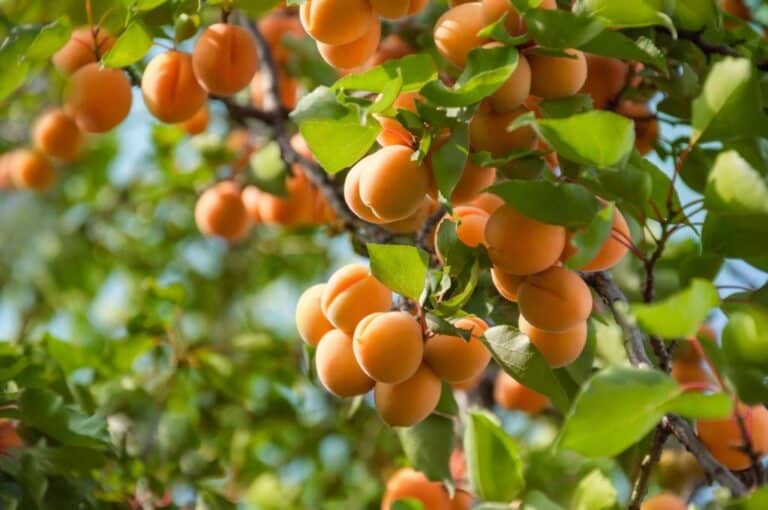Aren’t Hydroponic Seeds the Same as Clippings? Just Slower?

When one grows plants long enough, growing a plant up from a seed to a meal brings its own kind of satisfaction.
As your garden grows, the difference in cost between using seeds and cuttings to populate it becomes significant as well.
For this reason, commercial growers will almost always have a section of their greenhouse devoted to germinating and sprouting seeds. Not only is it cheaper across the board, but it also allows one to be more selective in which plants “make it” to the next stage of resource investment.
Choosing to grow a plant from its seed comes with both pros and cons, like everything else. Let’s take a look at some of the specific ways that growing from quality seed is superior to growing from quality clippings.
What are Hydroponic Seeds?
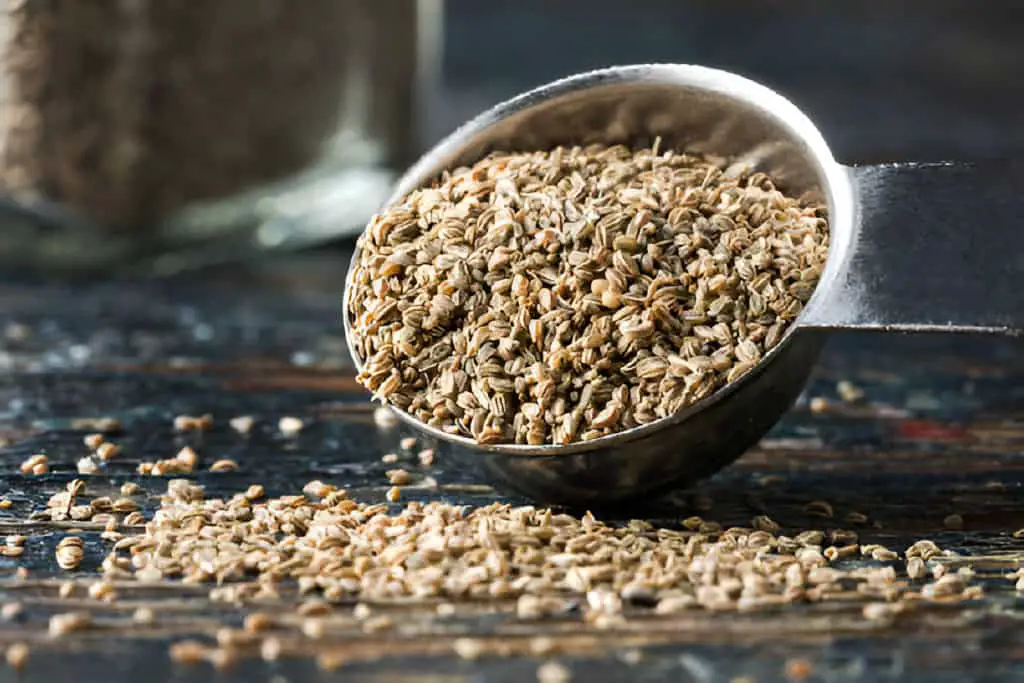
Hydroponic seeds are specially chosen for growing in a soil-less, hydroponic system. These seeds are often selected for their ability to thrive in the nutrient-rich water solutions that hydroponic systems provide.
Unlike traditional seeds bred for soil, hydroponic seeds are not. They are optimized for fast growth and nutrient uptake in a soilless environment.
Choosing the right seeds for your hydroponic setup is crucial. Not all seeds are created equal when it comes to hydroponics. You’ll want to pick varieties known for their strong performance in these systems, such as leafy greens, herbs, and some fruits and vegetables. For example, lettuce, basil, and tomatoes often do well in hydroponic conditions. These seeds should also be free of disease and pests to prevent contamination in your system.
Understanding Plant Cuttings
Plant cuttings are sections of a plant, such as stems or leaves, that are used to propagate new plants. Unlike seeds, which contain the plant’s genetic material and need to germinate, cuttings are essentially clones of the parent plant. They offer a direct route to growing new plants that will be genetically identical to the original.
The primary benefit of using cuttings in gardening and hydroponics is the speed of propagation. While seeds require time to germinate and grow, cuttings can often establish roots and develop into new plants much more quickly. This method also allows gardeners to maintain specific plant traits and ensure uniformity in their crops.
In hydroponics, cuttings are particularly advantageous because they bypass the seed germination phase, making it easier to manage and control the growth environment. Using established plants, growers can optimize nutrients and conditions for rapid growth.
Seeds Offer a Wider Variety of Options
The first thing most people realize when they begin to look for seeds to grow is that there are an abundance of options to choose from. It is far easier and cheaper to both package and ship seeds around the world than it is for fresh, living cuttings.
In fact, some of the more rare heirloom species of certain plants may only be available for purchase in seed form. Also available from almost any seed bank company are seed assortments, which can contain further variety, albeit usually grouped together by similar type (vegetables, flowers, herbs, etc.).
You might have noticed how many times we’ve used the word “variety” so far. It turns out that when discussing the purchase of seeds online for use in hydroponic gardens, “variety” is unavoidable.
A few plant species do better in soil than in hydroponic or aeroponic systems. But, many plants will thrive in a well-maintained hydroponic garden.
Gardeners who want to grow flowering plants prefer to use seeds. It creates a wider variety of colors and other traits. This can let the plantsman or plantswoman choose traits for further breeding.
Also, as mentioned, there is a wider variety of hard-to-find species available to buy as seeds. The gardening community is strong. It’s common for forum requests for specific seeds to result in their delivery, no matter the location.
Seeds Can Dramatically Lower Costs
An adept gardener can often raise up several healthy plants from a single packet of less than a dozen seeds. Packets with low seed counts are typically going to be premium quality, gender-controlled, and all but assured to grow.
Bulk packs are also available, and most often will take the assortment to the next level. These packs are most often curated by purpose, as in the Survival Essentials Heirloom Seed Vault. This unique assortment comes in a weather-proof container to provide maximum shelf life to the 144 packets of heirloom seeds inside.
You can get similar bulk assortments without the “vault.” But, Survival Essentials’ assortments aim to preserve some rare seeds. They offer a mix of premium seeds for fruits, vegetables, culinary herbs, and medicinal herbs.
Gardeners who grow mainly vegetables in their hydroponic gardens can find many seeds for popular varieties. But, we recommend checking the vendor’s or seed bank’s reputation before buying.
Seeds bought in bulk can see huge reductions in costs, but there is generally some consistency among popular species in global markets.
If a price seems too good to be true, double check its legitimacy here on our site or with another reviewer you trust.
| Related: Should You Start Hydroponic Plants from Seeds? |
Seeds Grow Into Healthier Plants
Plants that are grown up from a seed in one stable environment will live to be stronger and healthier specimens. In a well-run garden, such plants will have never experienced a system shock or growth stunt in the entirety of their lives.
One doesn’t need a deep spiritual epiphany to accept that. Taking a cutting and rooting it into a new plant can help its growth.
Germinating from the seed is, perhaps, the most natural thing about its life in an indoor hydroponic garden. That’s not to imply anything negative about optimizing all other conditions for the plants; instead, it’s a consideration of the plant as a living being and the potential difference in its “upbringing.”.
Another important benefit that comes from growing each plant up from a seed is the more efficient adaptation of the plant to its environment.
A clipping comes from a plant that grew in a different “ecosystem” and was then transported to yours. A seed is germinated, rooted, and grown all in the same ecosystem.
It is somewhat analogous to transferring tropical fish from one tank to another.
There is a list of recommended procedures to be followed that helps reduce the risk of inducing “system shock” in the fish.
Fish born in your tank, however, need not go through these procedures. There is no risk of shock because they adapt to their environment as they grow.

